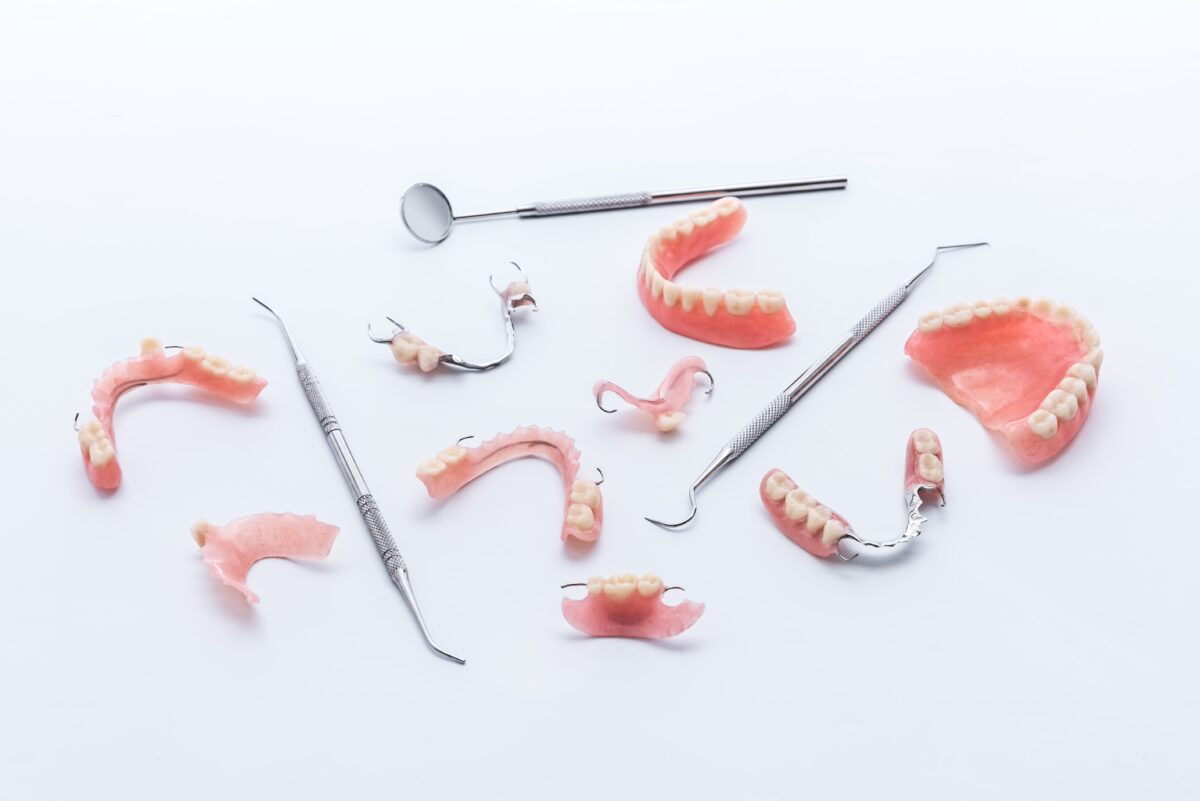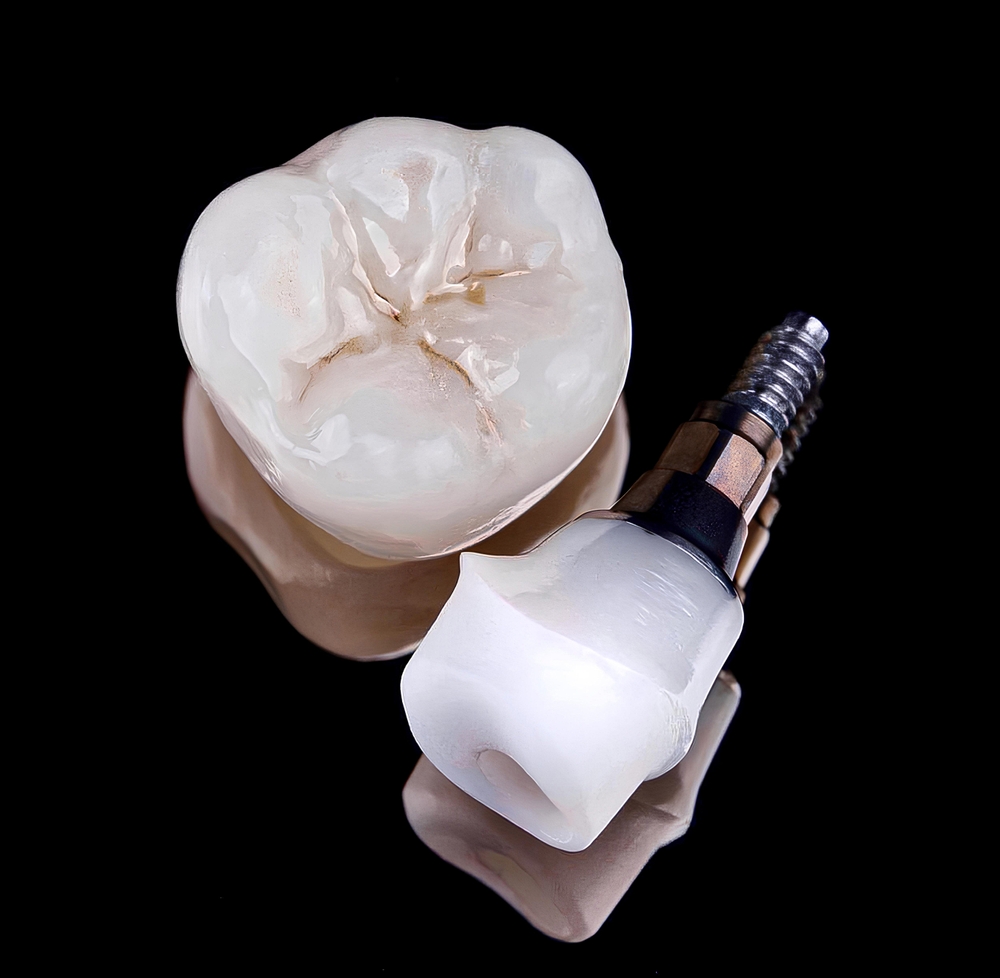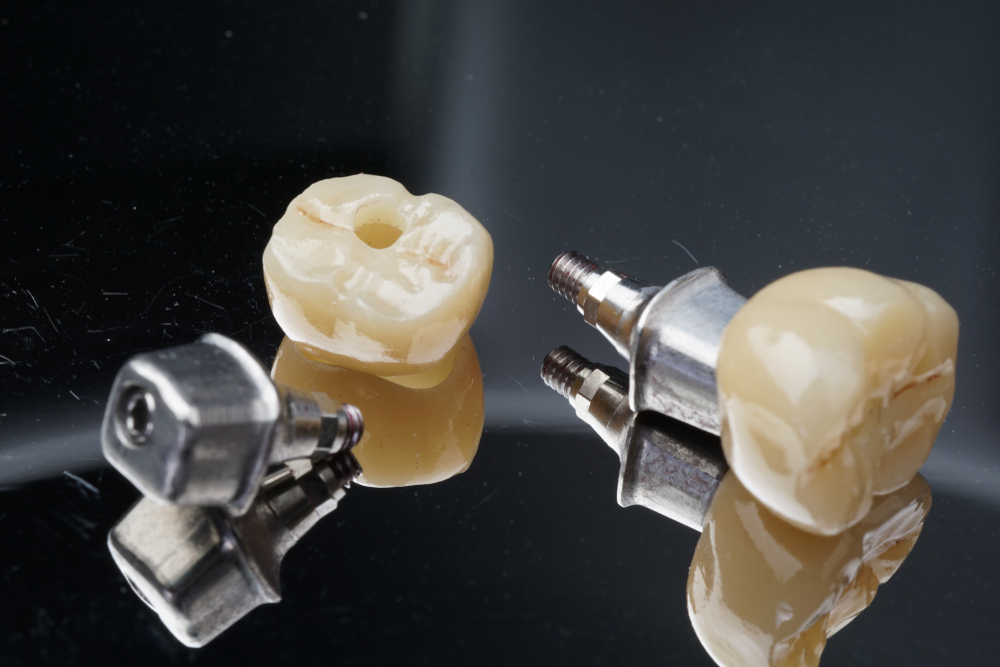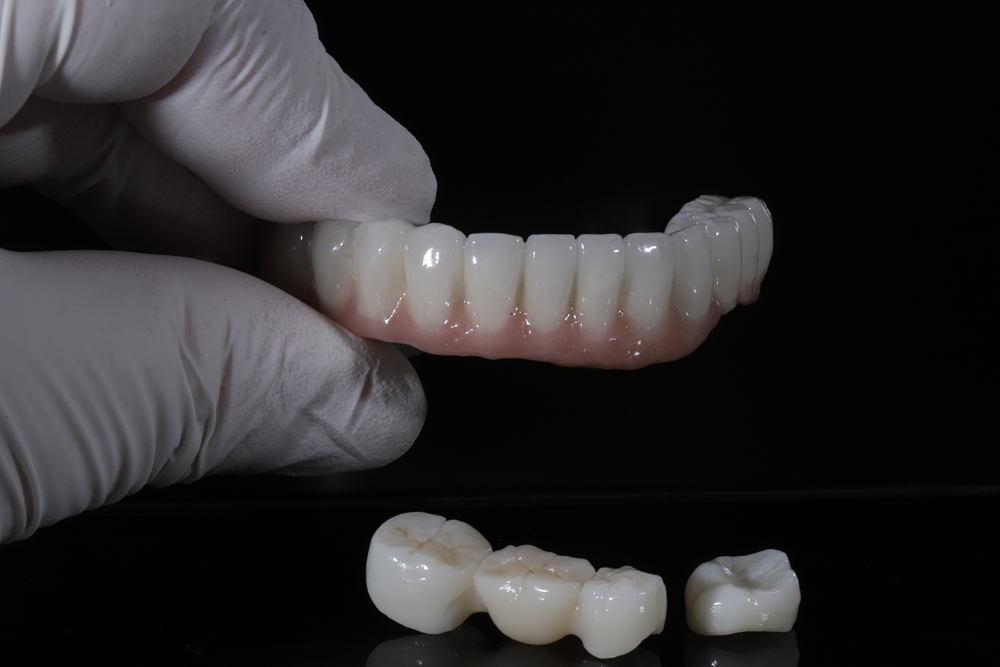Dental health is paramount to our overall well-being. However, due to various reasons such as age, accidents, or dental diseases, some of us may lose one or more teeth during our lifetime. Fortunately, advancements in dental technology have provided us with various solutions, one of which is partial dentures. In this blog, we’ll delve into the different types of partial dentures available and their unique benefits.
Cast Metal Removable Partial Dentures

Cast metal removable dentures, often referred to as removable partial dentures (RPDs), are dental prosthetics designed to replace missing teeth in an individual’s mouth. Constructed with a sturdy metal framework, typically made of chrome-cobalt alloy, these dentures provide both durability and stability. The metal framework supports the artificial teeth, which are usually crafted from acrylic or porcelain to mimic the appearance of natural teeth. One of the distinguishing features of cast metal dentures is the metal clasps, which grip onto the adjacent natural teeth, ensuring the denture remains securely in place during daily activities like eating and speaking. Due to their robust construction, cast metal RPDs are known for their longevity and are a preferred choice for many seeking a long-term solution to partial tooth loss.
Benefits:
- Provides a stable fit due to its metal framework.
- Can last for many years with proper care.
Acrylic Removable Partial Dentures

Acrylic removable partial dentures (RPDs) are dental prosthetics designed to fill the gaps left by missing teeth. Primarily made from acrylic resin, these dentures are often characterized by their pink or gum-colored base, which holds the artificial teeth. Unlike their metal counterparts, acrylic RPDs may not have a metal framework, making them lighter and more flexible. They are frequently used as a temporary or transitional solution, especially when future dental treatments are planned, such as dental implants or bridge placement. While they offer the advantage of being relatively quick to produce and cost-effective, they might not provide the same level of durability and stability as metal-based dentures. Proper care is essential to ensure their longevity, and wearers should be cautious while eating hard or sticky foods to prevent potential damage.
Benefits:
- Relatively inexpensive.
- Can be produced quickly, making them ideal for temporary use.
Flexible Partial Dentures

Flexible partial dentures represent a modern twist in denture materials and design. Made from a flexible thermoplastic material, often nylon or another type of polymeric resin, these dentures provide a comfortable and aesthetic alternative to traditional acrylic or metal-based dentures. Their flexibility allows for a snug fit, adapting to the unique contours of the mouth and providing enhanced comfort for the wearer. One of the standout features of flexible dentures is the absence of metal clasps; instead, they have gum-colored clasps that blend seamlessly with the natural oral tissues, offering a more discreet appearance. This makes them particularly popular among individuals seeking a natural-looking solution to partial tooth loss. Additionally, their non-porous nature reduces the risk of bacterial buildup, promoting better oral hygiene. However, while they offer several advantages, it’s essential to consult with a dentist to determine if flexible partial dentures are the right choice based on individual needs and oral health conditions.
Benefits:
- Offers a more natural appearance due to the absence of metal clasps.
- Comfortable to wear and adapt to the shape of the mouth.
Fixed Bridge

Fixed bridges are a popular and durable solution for replacing missing teeth. Essentially, a fixed bridge consists of one or more artificial teeth, known as pontics, anchored in place by dental crowns on the adjacent natural teeth, called abutment teeth. These crowns provide stability and support to the bridge, ensuring it remains securely in place. Made from materials like porcelain, ceramics, or metal alloys, fixed bridges are designed to blend seamlessly with the surrounding natural teeth, offering both aesthetic appeal and functionality. Once in place, a fixed bridge not only restores the appearance of a full smile but also distributes biting forces evenly, prevents the shifting of neighboring teeth, and aids in proper speech and chewing. Unlike removable dentures, fixed bridges are cemented in place and can only be removed by a dentist, providing a more permanent solution to tooth loss. Regular dental hygiene practices, including flossing beneath the bridge, are essential to ensure its longevity and the health of the supporting teeth.
Benefits:
- Offers a natural look and feel.
- Functions like natural teeth, allowing for normal eating and speaking.
Implant-Supported Partial Dentures

Implant-supported partial dentures offer a cutting-edge solution to the challenge of missing teeth. Unlike traditional dentures that rest on the gums or are anchored to existing teeth, these dentures are supported by dental implants surgically placed into the jawbone. These implants act as artificial tooth roots, providing a stable foundation for the denture. The result is a secure fit that eliminates common denture woes like shifting or slipping, enhancing the wearer’s confidence and comfort. Beyond stability, implant-supported dentures also offer the significant benefit of preventing jawbone deterioration, a common consequence of prolonged tooth loss. By stimulating the jawbone similarly to natural tooth roots, these implants promote bone health and maintain facial structure. While the initial investment may be higher compared to other denture types, the long-term benefits of improved functionality, aesthetics, and bone preservation often make implant-supported partial dentures a preferred choice for many seeking a lasting solution to partial tooth loss.
Benefits:
- Prevents bone loss in the jaw.
- Provides a secure fit, eliminating the need for adhesives.
- Offers a natural appearance and functionality.
In Conclusion
Partial dentures are a versatile solution for those missing one or more teeth. Depending on your needs, aesthetic preferences, and budget, there’s likely a partial denture option that’s right for you. It’s essential to consult with your dentist to discuss the best choice for your unique situation. With the right care and maintenance, partial dentures can restore your smile and confidence, allowing you to eat, speak, and live without any hindrance.




